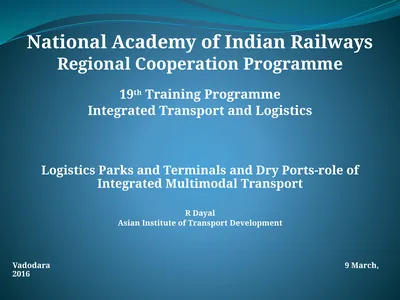PPT-National Academy of Indian Railways
Author : ellena-manuel | Published Date : 2017-05-14
Regional Cooperation Programme 19 th Training Programme Integrated Transport and Logistics Logistics Parks and Terminals and Dry Portsrole of Integrated Multimodal
Presentation Embed Code
Download Presentation
Download Presentation The PPT/PDF document "National Academy of Indian Railways" is the property of its rightful owner. Permission is granted to download and print the materials on this website for personal, non-commercial use only, and to display it on your personal computer provided you do not modify the materials and that you retain all copyright notices contained in the materials. By downloading content from our website, you accept the terms of this agreement.
National Academy of Indian Railways: Transcript
Regional Cooperation Programme 19 th Training Programme Integrated Transport and Logistics Logistics Parks and Terminals and Dry Portsrole of Integrated Multimodal Transport R Dayal Asian Institute of Transport Development. Trains . Solution. . T-SAT 2.0 . Strategic Rift . Passenger. Avoid Boring long hour journeys . Lower Fares . Better Facilities like Wi-Fi, Multimedia Entertainment etc.. Better Security . The GAP . Accelerating investments - Railway Segment . A perspective by Bombardier Transportation. Harsh . Dhingra. Chief Country Representative, . Bombardier Transportation , India. Sept ‘2016. Overview of Bombardier. Rights and Obligations . . Presentation . to the . Regulatory . Governance . Initiative . By Nick Mulder. Carleton University, Ottawa . October 16, 2014. Freedoms . o. ver the Decades (1). Trains . Solution. . T-SAT 2.0 . Strategic Rift . Passenger. Avoid Boring long hour journeys . Lower Fares . Better Facilities like Wi-Fi, Multimedia Entertainment etc.. Better Security . The GAP . OF. INTER-MODAL HUBS. NAIR . SEPTEMBER 24. TH. , 2014. K SATHINANATHAN. MD, DLI. Inter-modal Hub…. Modes of Transport. . Air. . Sea. Inland Water Transport. . Railways. . Road. Types of Hub. Air – Sea. . – a political playground or a real need? . The advisability of constructing a HSL system in a medium-sized country . in Central Europe. Marcin Król. Warsaw. School of . BELARUSIAN, RUSSIAN AND KAZAKHSTAN . RAILWAYS. 2. 3. UTLC BASIC ROUTE . DOSTYK/ALTYNKOL. BREST. Distance: 5430 km. Time: . ~ . 5,5 days. Distance: ~20 000 km. Time: 28-35 days. 4. UTLC BUSINESS MODEL. An effective regional integration tool?. Presented by : Pierre . Pozzo. di . Borgo. , Principal Investment Officer. June. 2013. Table of Contents. . Key Facts and Market Size. Sector Challenges and Opportunities. CEP. B2C. E-Commerce. Indian Railways’ Earnings. (data are of Year 2016 and approximate). Rs.1,60,000 Cr. 65% is Freight . 1.2 % is Parcel . 90% from Bulk Commodities. 5% of Freight earnings from Container traffic . 763Speech of Shri Lalu Prasad Introducing the Railway Budget for 2006-07, on 24th February 2006 1. Mr. Speaker Sir, I rise to present the Budget Estimates 2006-07 for the Indian Railways at a point United States Department of EducationAssociation of Specialized and Professional Accreditors ASPA and abides by its code of good practiceACEND establishes competencies/learning objectives that all die Need help with your Military Service Academy Application? Everything you need to fill out that overwhelmingly complicated Service Academy Application has been simplified and explained within this book.Service Academy Admissions: An Insider\'s Guide to Getting Accepted is a comprehensive manual explaining everything you need to complete your application for the Naval Academy, the Military Academy, or the Air Force Academy as well as your applications for the various Nomination Sources. This is the ultimate How-To workbook written by a former Service Academy Admissions Officer that will cover: Deadline ManagementBrainstorming Unique EssaysWriting & Editing EssaysAcing InterviewsInterview Question BankLetters of RecommendationResumesDODMERBCandidate Fitness Test - Preparation, Tips & TricksService Academy Admissions walks you through all the secrets on how to stand out from the crowd and get noticed by Admissions and Nomination Panels.Tags# Naval Academy Annapolis Air Force Academy West Point Military Academy WELCOME TO INDIA . BY. Shailendra. N . Jaiswal. Deputy Director General. PRESENTATION . ON. INDIA &INDIAN . RAILWAYS . THE TAJ . Greatest Brand Ambassadors: Modern . Mahatma Gandhi. The Wise Elephant. National Academy of Indian Railways Regional Cooperation Programme 19th Training Programme Integrated Transport and Logistics Logistics Parks and Terminals and Dry Ports-role of Integrated Multimodal Transport R Dayal Asian Institute of
Download Document
Here is the link to download the presentation.
"National Academy of Indian Railways"The content belongs to its owner. You may download and print it for personal use, without modification, and keep all copyright notices. By downloading, you agree to these terms.
Related Documents

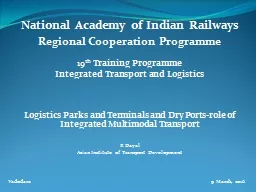
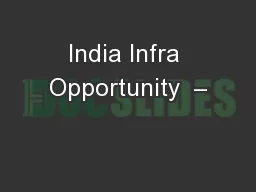
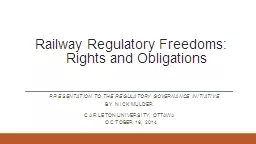

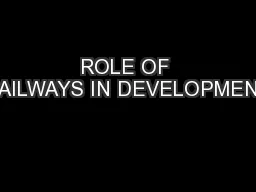
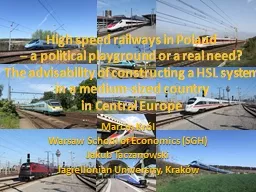

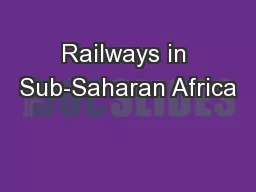
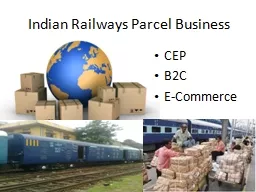
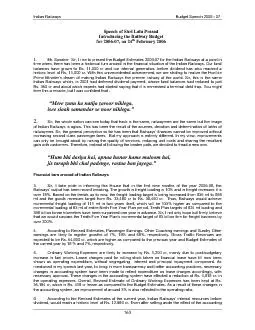

![[DOWNLOAD] - Service Academy Admissions: An Insider\'s Guide to the Naval Academy, Air](https://thumbs.docslides.com/902433/download-service-academy-admissions-an-insider-s-guide-to-the-naval-academy-air-force-academy-and-military-academy.jpg)

